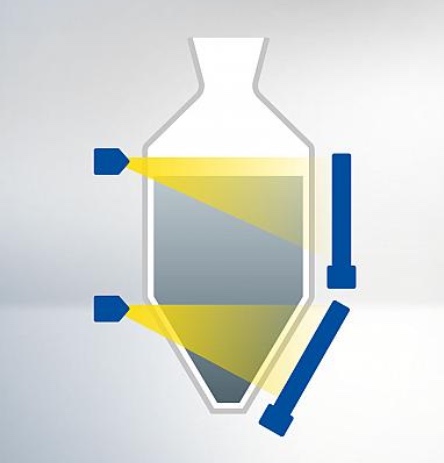Question
-
Residue Hydrotreating. 1: Has anyone experienced reaction temperature runaways associated with crude atmospheric residue hydrotreating reaction? What would be the range of possible temperature rise to be expected? 2: Typically, there's about 30 deg C of temperature margin between max peak catalyst bed temperature and the reactor design temperature. Has anyone had the experiences operating higher and closer to the design margin especially towards EOR of catalysts life? What needs to be assessed to achieve that?
May-2025
Answers
-
Marcio Wagner da Silva, Petrobras, marciows@petrobras.com.br
It's important to differentiate temperature excursion and temperature runaway in hydroprocessing units. A controlled temperature excursion can be expected in hydroprocessing units, especially those processing chemical unstable feeds like Light Cycle Oil from FCC and Delayed Coker gasoils, as example a temperature excursion of 8oC (15 oF) is relatively common in hydrocracking processing units according to the literature. On the other side, temperature runaway is an uncontrolled event where the temperature in the catalytic bed exceeds the design limits of the reactors. Considering the question data, processing atmospheric residue is expected to have a relatively high concentration of sulfur, nitrogen and olefins in the feed which can cause temperature excursions in the catalytic beds or, under uncontrolled scenario, temperature runaway. The hydroprocessing units, especially those designed to operate with residue feed, are designed to keep the catalytic bed temperature under control using adequate quench flow rate between the catalytic beds as well as adequate flow distributors aiming to avoid hot points in the bed. A critical point to be checked in the residue hydroprocessing units operation is the thermal cracking ocurrance. When high operating temperature (especially in the end of run scenarios) the probability to occur thermal cracking of large molecules in the catalytic bed is higher leading to uncontrolled reactions and quick temperature rise, above the capacity of the quench system is able to manage. A very good reference about this topic in the article published on Q3 2023 of PTQ Magazine by Mr. Jeff Johns.
Jun-2025

















